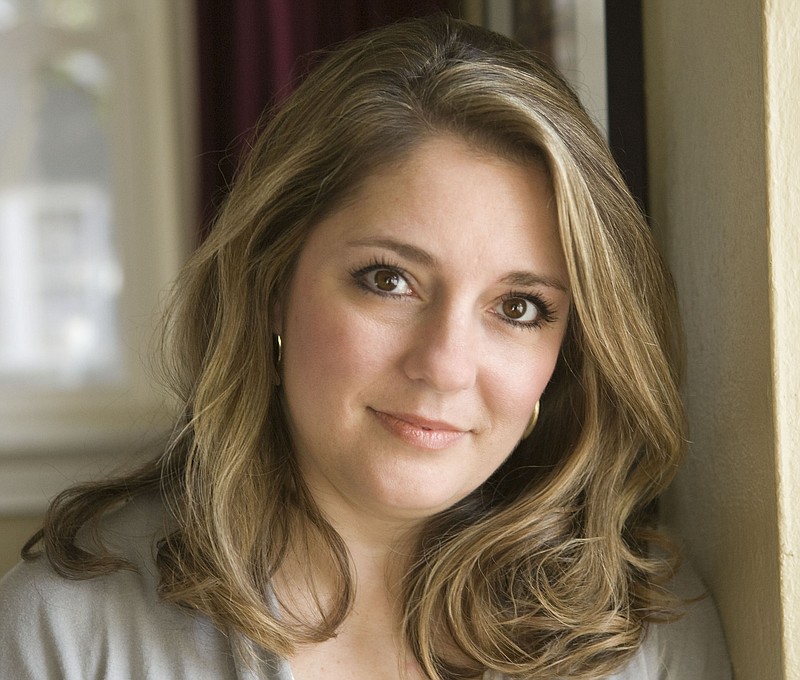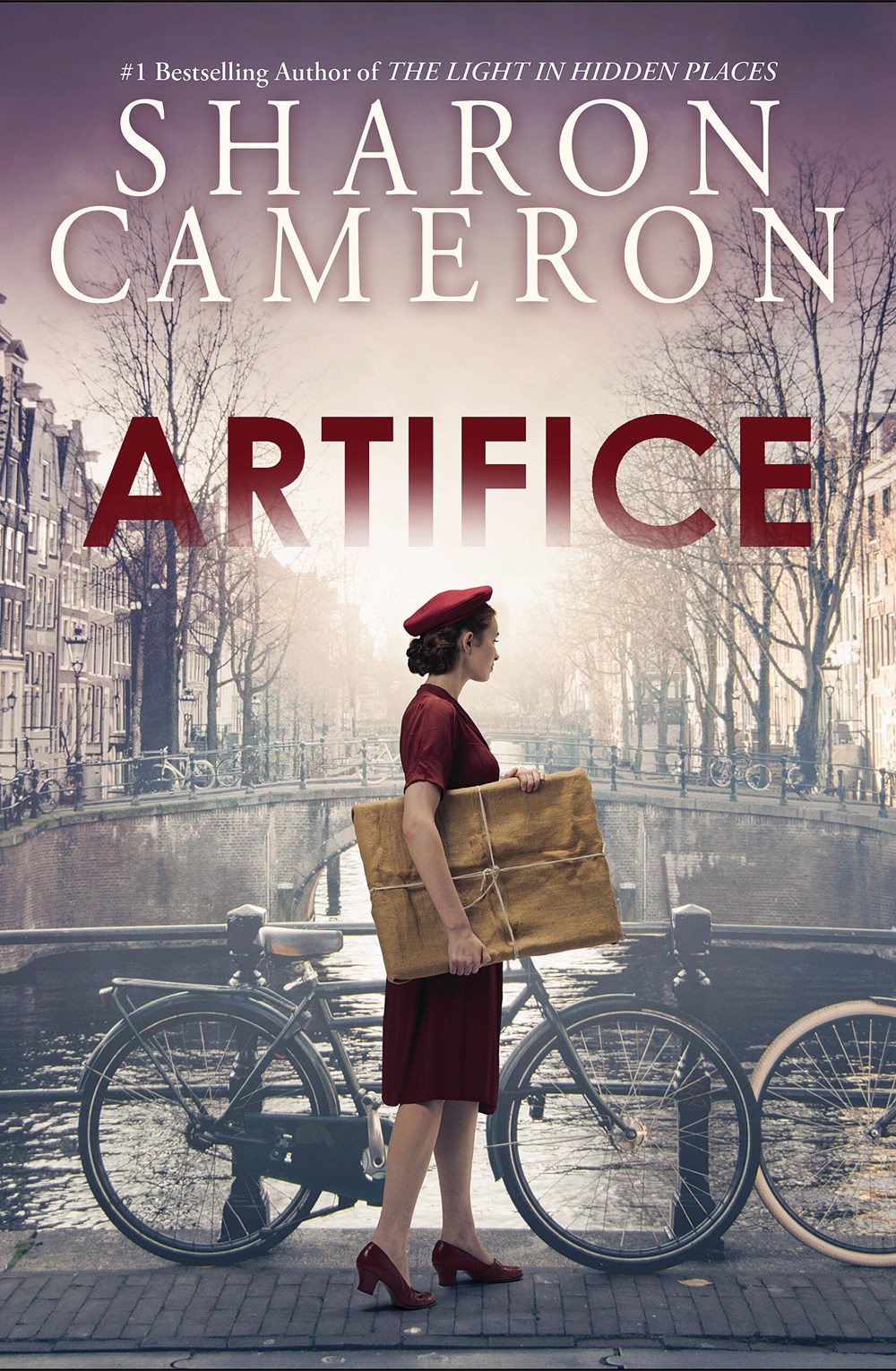"ARTIFICE" by Sharon Cameron (Scholastic Press, 416 pages, $20).
For "Artifice," her third young-adult novel set during World War II, Nashville author Sharon Cameron paints a colorful and suspenseful thriller inspired by historical heroes and villains living in Amsterdam during the Nazi occupation.
Isa de Smit's family has owned a successful art gallery for many years. Her father is an accomplished painter who enjoys copying the Old Masters. Their family life in Amsterdam is prosperous and happy.
But by 1943, they are mourning the death of Isa's mother and the loss of their livelihood following the Nazi invasion and the confiscation of their inventory. Isa's father has lost his grip on reality, retreating to the safety of his art studio, leaving 18-year-old Isa to keep the devil from the door — literally. Their lives have been reduced to survival mode, amid blackouts and bombings, scarcity of food and other necessities, armed soldiers in the streets, constant surveillance and threats of violence, all while their Jewish neighbors are being removed from their homes and slaughtered without mercy, even the children.
Isa knows that the Nazis are buying priceless artworks from desperate Dutch citizens for their leaders' personal collections. To the Dutch government, such sales are viewed as collaboration, a crime punishable by death, but Isa needs money to pay the taxes due on the gallery or she and her father will be homeless. That's when she decides to pass off some of her father's copies of Rembrandt drawings as authentic. Her initial success soon gives her the confidence to think bigger.
Meanwhile, Isa's friends in the Dutch Resistance need money to smuggle Jewish babies and toddlers out of the city before they can be relocated to concentration camps, where they will face almost certain death. She'd like to sell one of her father's paintings to help fund the rescues but can't figure out how to reproduce the "craquelure," the signature cracking of varnish on a very old painting that proves its antiquity. When a young man she recognizes from the past — the son of an Austrian art dealer — shows up at her door in a Nazi uniform claiming he wants to desert and flee the country, Isa is unsure whether to trust him. But the man, Michel Lange, has knowledge and connections that could help her reckless plan succeed. With Michel's help, Isa decides to risk everything on one big sale to the Nazis before it's too late.
In Cameron's vivid descriptions, the vibrancy of the beautiful city of Amsterdam — almost a character itself — is drained of its color by the brutality of the invading army. She writes, "Amsterdam was a colorful city. Blue boats and blue doors. A butter-framed window in marmalade brick. Leaves that were autumn-tinted, fog-frosted, marbling the pale acid-lime of a copper patina. But there were new shades on the city's palette now. Spattered on the walls, dripping down the flagpoles. Black on bloodred. Army olive. Khaki brown. Nazi brown."
Instead, all the colors of the city seem to coalesce in Isa's emotions. The color of revulsion is "pickle-green and tobacco-brown." Fear is "a pool of spreading paint, viscous, bile-yellow, oozing sick through her stomach." Panic is "a blend of red anger and yellow fear. Orange sparks that crackled and burst, exploding beneath her skin." And deep inside Isa's heart is "an enormous red bloom, a hothouse flower, exotic, poisonous," filled with anger and loss, the bitterness of betrayal and a passion for justice.
Cameron's author's note reveals that "Artifice" was inspired by the lives of successful art forger Han van Meegeren and Resistance hero Johan van Hulst. Van Meegeren sold numerous forgeries to the Nazis for his own profit, while Van Hulst smuggled at least 600 children out of Amsterdam, one by one, in laundry baskets and shopping bags, thanks to a network of faithful volunteers "I wrote a book about the fight to preserve beauty," Cameron says. "Finding that beauty in an ugly world. ... I wrote a book about how the imperfections of art can be like the mistakes of life, blemishes that can be accepted, incorporated, redrawn, until the mistakes are unrecognizable. Until what is ugly has un-become. Until beauty is rebuilt. And that makes 'Artifice' not a book about then, but a book about now."
For more local book coverage, visit Chapter16.org, an online publication of Humanities Tennessee.

